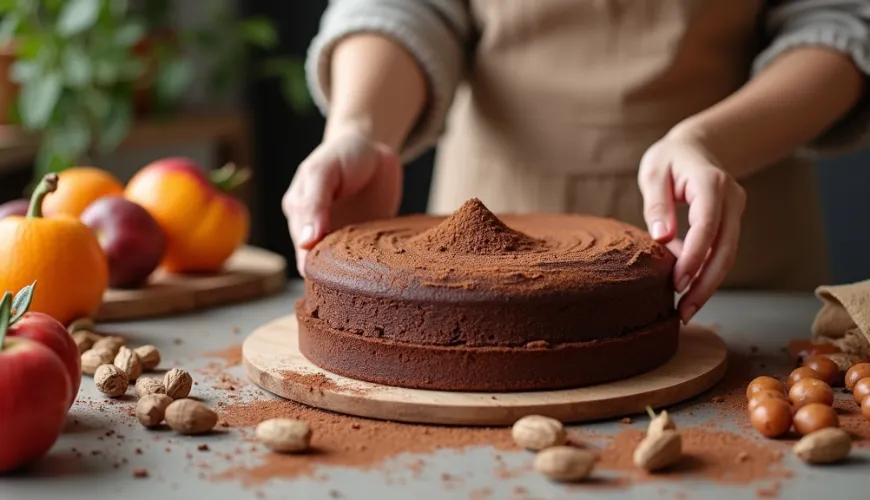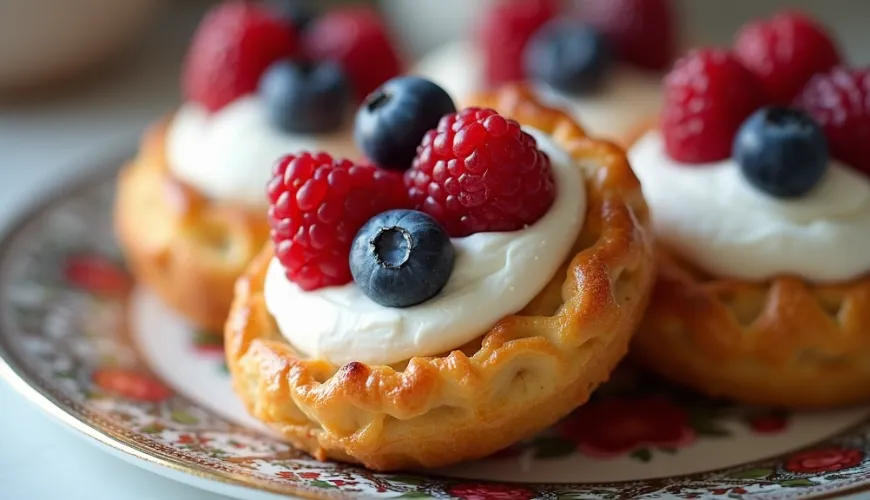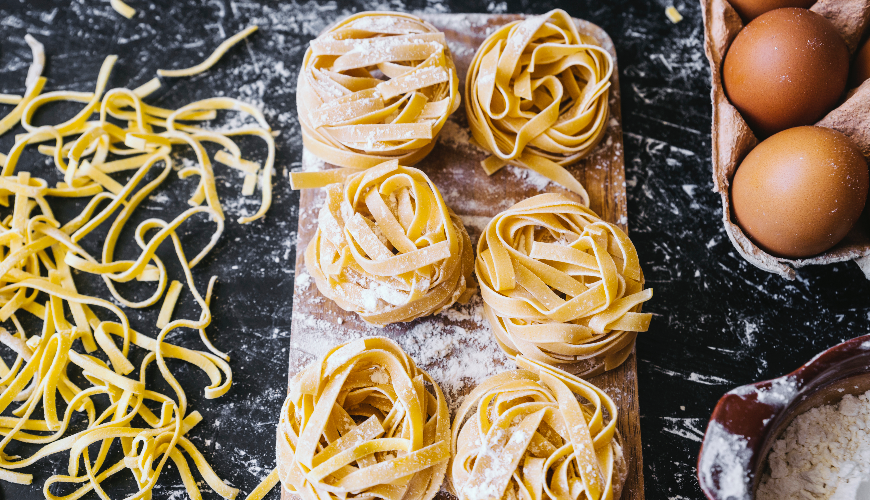
How to Make Perfect Eclairs That Will Impress Your Loved Ones

Coffins - a Sweet Tradition that has Endured for Centuries
In Czech households, coffins hold a special place. These light, delicate pastries made from egg foam, often served with whipped cream, are among the classic confectionery treasures many remember from childhood, festive tables, or Sunday visits to grandma. And although today we find hundreds of modern cakes in patisseries, coffins according to an ancient recipe still have their loyal place – and the interest in preparing them at home is growing.
Interestingly, despite being a sweet with a simple composition, the recipe for coffins isn't as straightforward as it might seem. It stems from traditional confectionery art, passed down in families from generation to generation, often orally. The basic ingredients? Eggs, sugar, and a pinch of patience.
An Ancient Recipe that Survived Time and Fashion
There are no precise records of the origin of coffins, but the first mentions of this pastry date back to the 19th century. They were a symbol of luxury, as eggs and sugar were among the more expensive ingredients. Coffin molds were then made of tin or later aluminum and were almost a mandatory part of every household that took sweets seriously.
The classic recipe for egg yolk coffins requires precision and a delicate touch. Egg yolks are whipped with sugar into a fluffy foam, which is then carefully filled into molds and baked slowly at a low temperature. It's important for the coffins to remain hollow inside and crisp on the outside without cracking. The secret to success lies in slow drying – much like meringues. And that's precisely why home baking of coffins can seem like a challenge.
It's not uncommon for the first batch to end up flat or cracked. But once you discover the right technique, the result is worth it. The sweet taste of sugar foam, the delicate texture, and the nostalgia associated with this pastry create a perfect combination.
Coffins Without Molds? Yes, It's Possible
Nowadays, it's often the case that people want to try making coffins at home, but don't have molds available. Fortunately, this isn't a barrier – coffins without molds are not just a modern invention but an adaptation that our grandmothers learned to improvise during times of scarcity.
How to do it? Instead of molds, you can use thoroughly greased silicone cups, small baking dishes, or even baking paper and shaping with a spoon. Just create small mounds of batter and bake them at a low temperature until they turn golden. The shape may not be as perfect as from a mold, but the taste remains unchanged – fluffy, crispy, and sweet.
One of Ferwer's blog readers shared that after years, she discovered her grandmother's old notebook, where the ancient coffin recipe was handwritten. Since she didn't have molds, she tried creating them just on a baking sheet using small paper cups. The result was light foam coffins that her children devoured in minutes. "At first, I thought I wouldn't be able to do it, but in the end, I was surprised at how easy it was – when you know what you're doing," she added.
How to Prepare Perfect Homemade Coffins
If you decide to try the recipe for homemade coffins, it's important to pay attention to several details. First and foremost, the quality of the ingredients. Fresh eggs and fine powdered sugar are the foundation. The ratio of yolks to sugar can vary – some recipes suggest up to 10 yolks per 200g of sugar, while others use less. However, it always holds true that the better you whip the foam, the fluffier the result will be.
Baking is a chapter in itself. The oven should be preheated to about 100 to 120°C, ideally with the door slightly open to allow steam to escape. Baking time ranges from 45 to 60 minutes, but in some cases even longer – depending on the size of the molds or shape.
And if you want to enhance the coffins further, after cooling, fill them with freshly whipped cream. Just regular whipping cream without stabilizers, lightly sweetened to taste. The resulting combination of a crispy shell and a tender cream is simply irresistible.
Why are Coffins Becoming Fashionable Again?
One of the reasons people are turning back to traditional recipes, such as egg yolk coffins, is the return to simplicity and authenticity. In a time when store shelves are filled with products with long lists of additives, stabilizers, and preservatives, the desire for something real, homemade, and time-tested is growing.
Moreover, baking coffins is also a kind of ritual. Children can also be involved – helping with whipping the yolks or decorating with whipped cream. The result is not just a dessert, but a shared experience. And that is often more valuable today than the food itself.
"People are looking for roots, memories, returns to grandmothers. Recipes like coffins carry more than just taste – they carry a story," says ethnologist Helena Mlýnková from the National Museum.
Coffins can also be prepared in a healthier version – with less sugar, organic eggs, and supplemented with lactose-free plant-based whipped cream. Yet they retain their character and charm.
A Small Tip for Modern Kitchens
If you're tempted to try the coffin recipe without molds, but aren't sure how to proceed, try using silicone muffin molds – they are flexible, non-stick, and allow for easy removal. And if you have a convection oven at home, you can bake multiple trays at once – just remember to reduce the temperature and extend the baking time.
When serving, you can decorate the coffins not only with whipped cream but also with fresh fruit – blueberries, raspberries, or chocolate shavings. This creates a dessert suitable not only for tea but also for a festive table.
One thing remains certain – whether you prepare them with molds or without, according to an old recipe or a modern variation, coffins have the ability to take people back to childhood, to memories, and to genuine tastes. And that's something no industrially produced pastry can ever offer.

